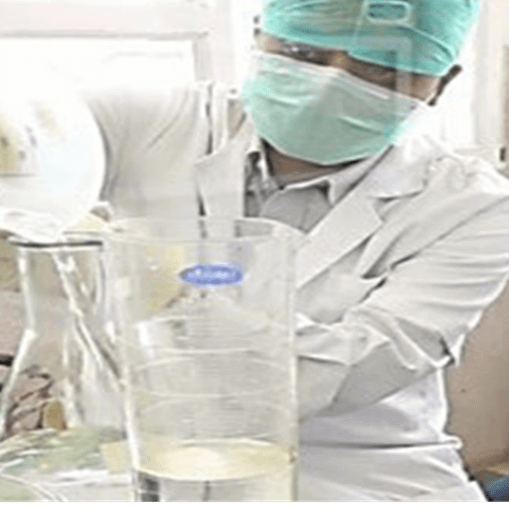Occurrence of Candida albicans and Candida non-albicans in critical care unit patients and their antifungal susceptibility pattern in a tertiary care hospital, Mysore, Karnataka

Sponsored by

Sponsored by

Occurrence of Candida albicans and Candida non-albicans in critical care unit patients and their antifungal susceptibility pattern in a tertiary care hospital, Mysore, Karnataka
Swathi K, Sumana MN, Keerthi SK
Department of Microbiology, JSS Hospital, JSS Academy of Higher Education and Research, Mysore, Karnataka, India
Background: Candida species being a part of normal commensal flora, is capable of causing severe infections in human in both immunocompromised and immunocompetent patients. The prevalence of C. albicans and Non-albicans Candida (NAC) in critically ill patients and their treatment management along with emergence of antifungal resistance is a major challenge to the primary care providers.
Methods: This study was conducted for a period of 18 months. The clinical samples were collected from ICU patients and were cultured onto Sabouraud Dextrose Agar for isolation. Species identification and their antifungal susceptibility testing were carried out by the automated system, VITEK2 Compact.
Results: Non-albicans Candida (79.48%) were predominantly isolated than Candida albicans (20.51%). Among the NAC spp, C. tropicalis (68.98%) were significantly isolated followed by C. parapsilosis (6.50%); C. glabrata (5.42%); C. guillerimondii (4.55%); C.famata (2.81%); C. krusei (2.16%); C. haemulonii (1.73%); C. ciferrii (1.08%), C. lusitaniae (1.08%), C. rugosa (1.08%), C. utilis (1.08%); C. lipolytica (0.86%). Rate of occurrence of Candida spp. in blood sample is 2.08%, 9.97% in urine samples, 2.64% in Sputum samples, 1.91% in Endotracheal aspirates. Occurrence of Candida spp. were high in Surgical ICU (14.48%) followed by ICU (11.89%), Medical Care Unit (7.06%), Respiratory ICU (5.51%), Neonatal ICU (3.96%). C. tropicalis showed drug resistance to Flucytosine (6.28%), Fluconazole (18.55%), and Amphotericin-B (8%). C. albicans showed a higher drug resistance to Micafungin and Voriconazole than NAC spp.
Conclusion: Substantial increase of Non-albicans Candida in critical care units and their antifungal resistance can be managed by prompt detection, rational usage of antifungal drugs.